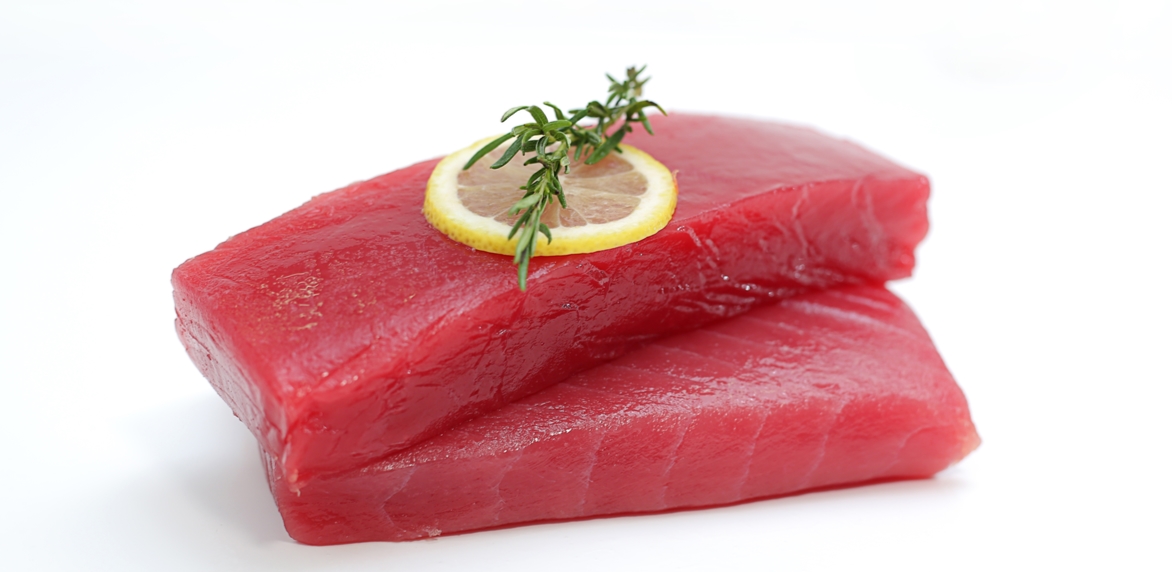A healthy immune system is extremely important to us all, helping to fight off any bugs or viruses floating around at work, home or in the gym.
Every minute of every day your body is either under attack from bacteria and viruses or producing Reactive Oxygen Species (ROS), also referred to as free radicals.
Research is clearly demonstrating that free radicals cause oxidative stress, which will also lead to your DNA becoming damaged.
This can eventually lead to ageing and triggers all disease processes, including cardiovascular disease, dementia and diabetes, and plays a role in the development of cancer.

Luckily, we have a variety of antioxidants genes, which are known as your ‘Primary Antioxidant’ defence system.
These genes are far more effective in reducing the effects and neutralising ROS than exogenous (produced outside the body) antioxidants, such as dietary vitamins C and E, carotenoids and polyphenols derived from plant foods.
The reason for the powerful effect of the primary antioxidants is that they are enzymes, which are proteins that promote a chemical process but don’t get consumed in the process.
Amazingly, our antioxidants genes/enzymes can neutralise millions of free radicals per minute and will continue to over the coming days until the enzyme is broken down within the cell and is replaced.
This second group which we obtain from our diets are known as the ‘Secondary Antioxidant’ defence system.
In comparison the secondary antioxidants, which we get from our day to day diets such as vitamins C and E, carotenoids and polyphenols, have limited activity and can only neutralise ROS once.
Poor liver health, inflammation, diabetes, high cholesterol, obesity, environmental toxins and smoking will all increase free radical production and can lead to your DNA getting damaged.
Fortunately, your body produces antioxidant enzymes, which will remove these ROS.
Genetically, some of us will not produce good levels of these antioxidant enzymes and are at risk of increased oxidative damage.

Adding key nutrients to your diet to help enhance the antioxidant genes is the route to go, which we will come on to in a second.
Foods, such as tomatoes or spinach, contain lycopene which can really help to boost a variety of antioxidant genes.
Epidemiological studies reported that regular consumption of lycopene significantly induced antioxidant enzymes SOD and GSH-Px.
Primary antioxidant gene GPX1 incorporates the mineral selenium, and is heavily dependent on there being sufficient levels to work effectively.
Selenium is an extremely important antioxidant, which prevents cellular and subcellular lipids and fats from being peroxidised, meaning it prevents body fats from going rancid, which are seen externally as “Age and Liver spots”.
The antioxidant protection qualities of selenium have been well publicised, and is increasingly recognised as a versatile anticarcinogen.

Selenium is also required for the activity of a group of enzymes called glutathione peroxidases, which plays a critical role in the body’s detoxification pathways. It’s also involved in the recycling of vitamin C from its used form back to active.
If you have a high intake of polyunsaturated oils such as those found in olive, coconut, fish oil, salad dressing, and margarine at the same time as having a selenium deficiency, you increase the chances of illness and disease.
The configuration of these oils when heated or treated with hydrogen (Trans Fat) will cause the oils to go rancid, causing free radical damage to the cell membranes.

Selenium deficiency has a few symptoms to look out for, such as muscle tenderness and weakness, chronic fatigue, and as previously mentioned, “Age Spots”.
It is also extremely important in supporting healthy thyroid function, as the selenium-containing enzyme is responsible for transporting T4, the less active thyroid hormone, into the more active T3.
Apart from Brazil nuts that are probably the most well-known and highest containing food source of selenium, which other foods can you incorporate into your diet?

Trying to improve glutathione levels can be fairly tricky and can only really be achieved from increasing all the necessary nutrients/cofactors and precursors needed to manufacture it internally.
Glutathione foods can be divided into two categories: foods that contain glutathione molecule and foods which stimulate glutathione production and/or up regulate the activity of glutathione enzymes.
The amount of dietary glutathione that is available is relatively small compared to the amount of glutathione manufactured internally and found within your body.
On average we will get around 80-150mg of glutathione from our food each day, which is extremely small as on average a healthy adult will have roughly 10,000mg circulating within the body.

Therefore, the majority of glutathione will be produced internally using nutrients/cofactors and precursors such as selenium, cysteine, glycine and glutamate.
This means our immune health is closely linked with our intestinal health, and how well you will be absorbing, transporting and then genetically converting each specific vitamin and mineral that is required to manufacture glutathione.
Cooking will reduce the glutathione content in food, as will the length of time that it is stored.
Only uncooked raw vegetables, fruit, raw eggs, raw unpasteurised milk and dairy, raw or rare meats are rich in glutathione. Cooked, pasteurised and processed foods contain far less glutathione or none at all.

When looking as to which foods to eat each day we need to add both foods higher in glutathione such as asparagus and avocado, as well as foods that stimulate glutathione production such as turmeric and cinnamon.
A food’s antioxidant level is also derived by its ORAC score, which stands for Oxygen Radical Absorbance Capacity, and is the method used for measuring antioxidant capacities in nutrients.
So, incorporating foods higher on the ORAC scale would be the route to follow, as well as foods which are rich in glutathione and precursors that aid in its production.